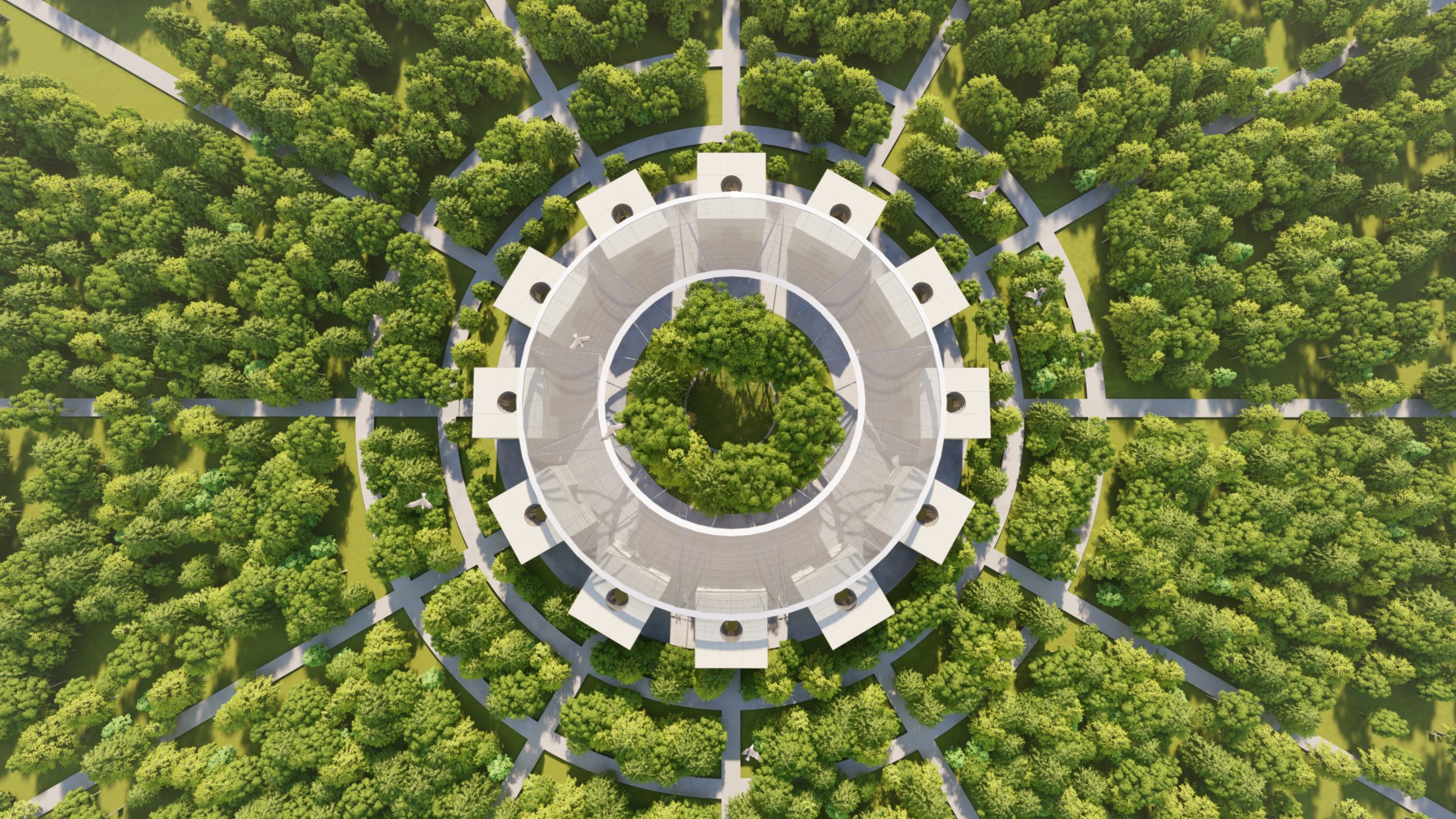
Micro-local
Consumers now expect town centres to enhance their sense of community. There’s growing demand for spaces and places that help build true connections with the area and respond to locals’ immediate needs – a trend known as ‘micro-local’. Large-format stores are starting to reduce their footprint in response, creating micro- or hyper-local formats that can be embedded more seamlessly into the community – for example, Homebase, Next, Ikea and Nike.
Our interest is how these cutting-edge concepts drive commercial value out of existing assets and serve the communities they’re part of. For micro-local brands to successfully address the community, they need to inhabit space in a different way than conventional shopping units.
Existing open spaces like car parks or servicing areas are opportune spaces for micro-local experiments. Imagine turning a car park into a garden centre that doubles as a beautifully curated public park. It could feature permanent wild planting as well as domestic plants for purchase, contributing to the urban biodiversity factor while allowing visitors to linger, enjoy and discover. Equipped with covered indoor/outdoor spaces and feature lighting, it could function as a 24/7 public space.
Take the idea further and imagine Nike, Ikea and other brands creating their own micro-local pavilions within this space, each unique to the location and addressing local interests. For example, the Nike pavilion could have a mini basketball court, while the Ikea store could host a gardening workshop or a tool-borrowing service. What you’d have wouldn’t be simply a series of stores but a Victorian pleasure garden with branded follies, each waiting to be discovered. The result is a public amenity as well as a commercial entity within an existing space that was previously neither. The beauty in this vision is that there’s scope to adapt the space as the needs of the community evolve – something that isn’t possible in permanent buildings purpose-built for a specific use. This is the kind of vision we contemplate when we say that the new anchors for human interaction are now public spaces, not specific types of stores.
Landlords have a crucial role to play in this. One way brands, services and retailers can embed themselves into the community is through a strong landlord/occupier relationship. It’s in a landlord’s interest to ensure they fully understand the community’s needs and listen to local stakeholders. This allows them to select brands already aligned with local needs for vacant spaces and educate them on successfully launching within that specific community. Larger landlords in particular have a real opportunity to embed local procurement and employment into their business approaches and strategies. Focusing on localism helps reduce travel distances, enhancing a place’s environmental credits, and keeps resources and spending within a community.

Community supply chain
The pandemic has changed our understanding of proximity. Lockdowns have shrunk our communities to their individual neighbourhoods, exposing the need for resources that are available locally. This has resulted in a community supply chain mindset, with an emphasis on keeping resources local and funds moving within the community. Retailers and brands leading the way include Local Nodes, AllotMe and Peddler. So how could the community supply chain manifest in physical space? We envision an existing, under-utilised town centre space such as a church hall dedicated to hyper-local produce, serving as both a fulfilment hub and a showcase of independent producers.
Using Local Nodes – an app that links local producers with customers – as an example, it could be a space that accommodates swift collections for deliveries but also encourages producers and customers to linger and exchange. It would serve small-scale producers and retailers who can’t afford to rent a permanent space but still want to engage with their customers directly and represent their brand with more than just a website.
It wouldn’t need to be limited to food – it could also represent local artists, makers and performers – and could involve digital apps too. Imagine the food delivery app Peddler, which offers reductions on the most sought-after products in a locality, with a stand for people who prefer offline shopping. Meanwhile, part of the churchyard could be handed over to AllotMe, an urban agriculture app, to manage. These brands wouldn’t necessarily have a permanent presence, but the purpose would be the same: to represent and enhance local communities through a physical space and strengthen local production and trade.
To foster this connection between local business and local users – key for the consumer – landlords need to develop their assets to accommodate different businesses in one space. This can be done by delegating to an operator or manager that understands a particular community. It’s important that landlords maintain and cement the community links and networks they’ve built during the pandemic. The demand for allotments, for example, has rocketed, so why not transfer the waiting lists elsewhere – for example, to disused spaces in town and city centres? Actioning these kinds of initiatives requires collaboration between the community, landlords and councils. It needs to provide a mutual benefit.





































































































































































































































































